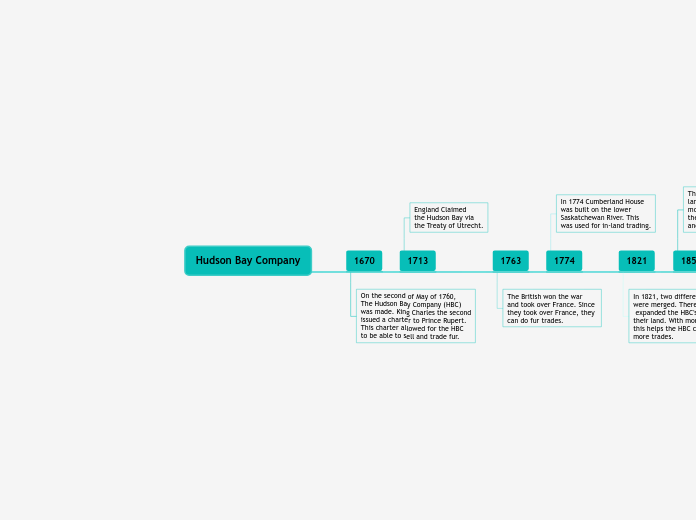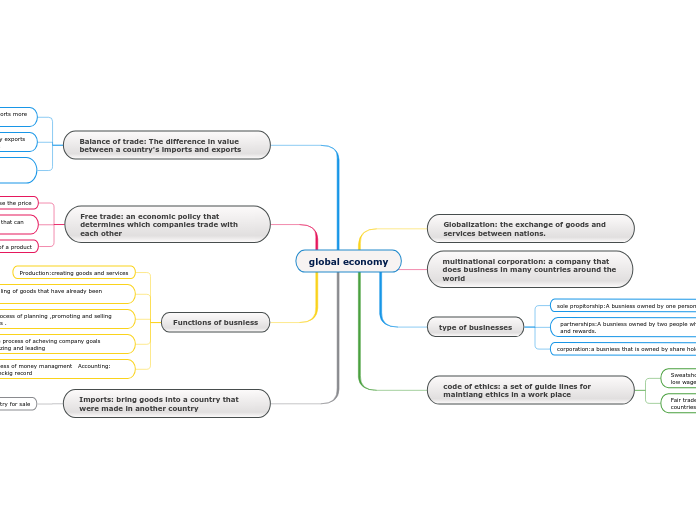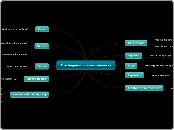da Sean Su mancano 3 anni
158
Hudson Bay Company
Established in 1670 by a charter from King Charles II allowing fur trade, the Hudson's Bay Company (HBC) has undergone significant transformations. By 1713, England claimed the Hudson Bay through the Treaty of Utrecht.









